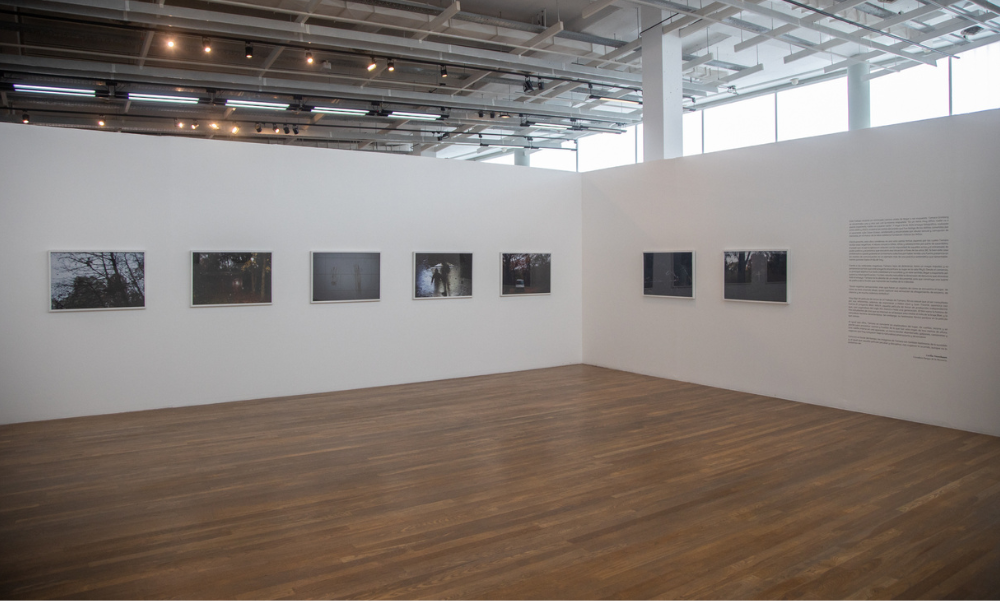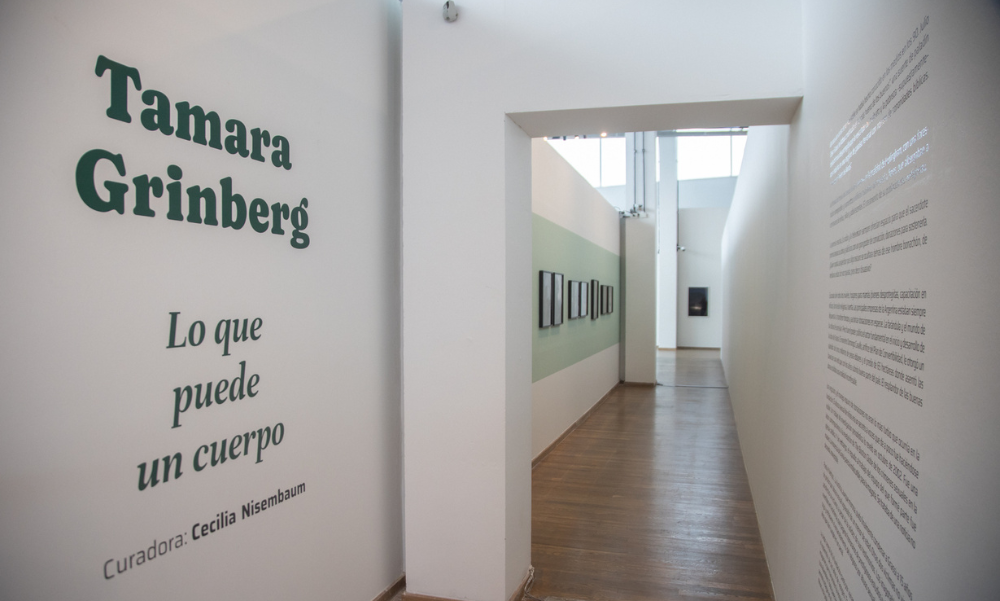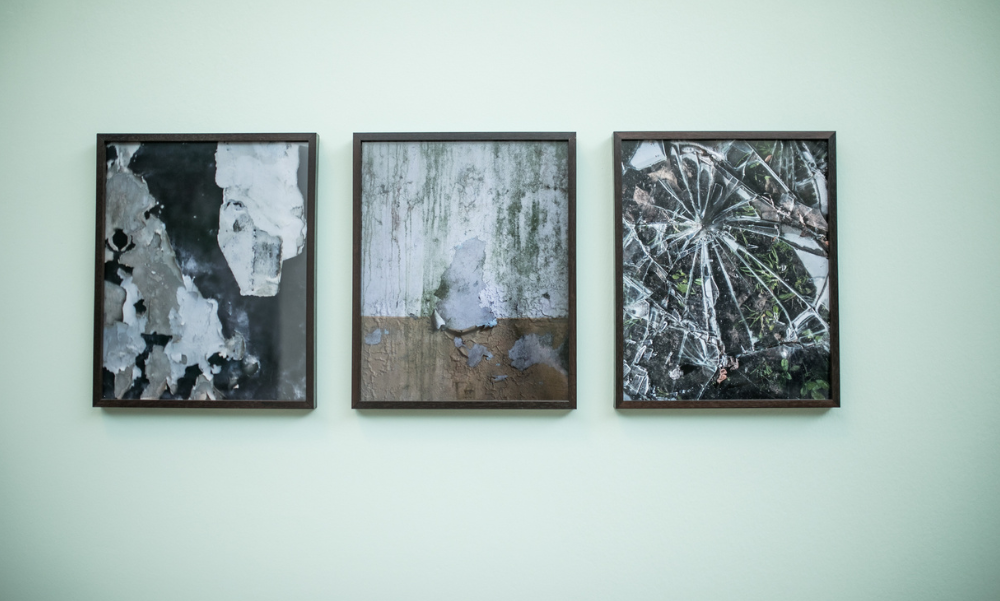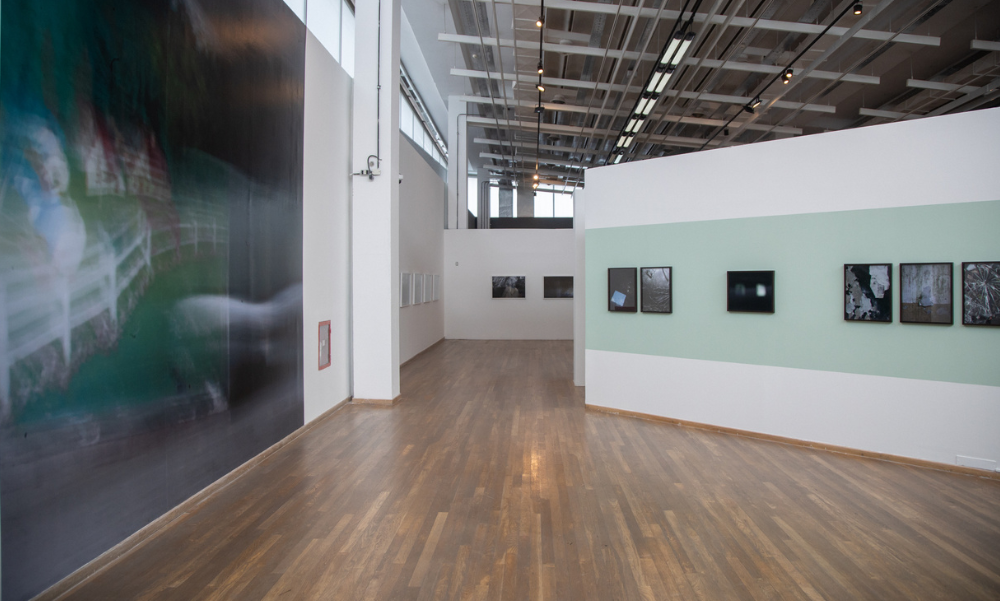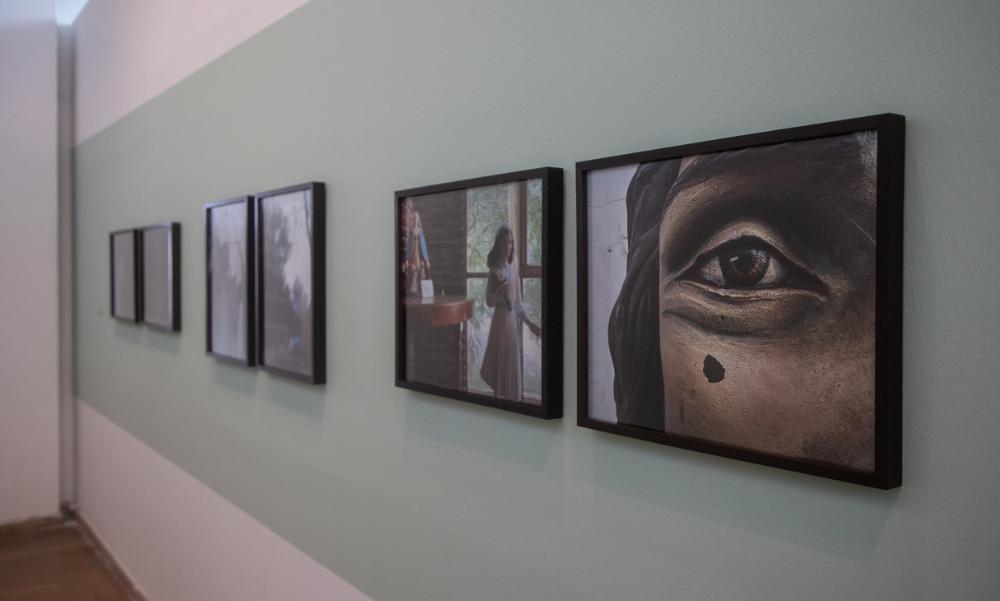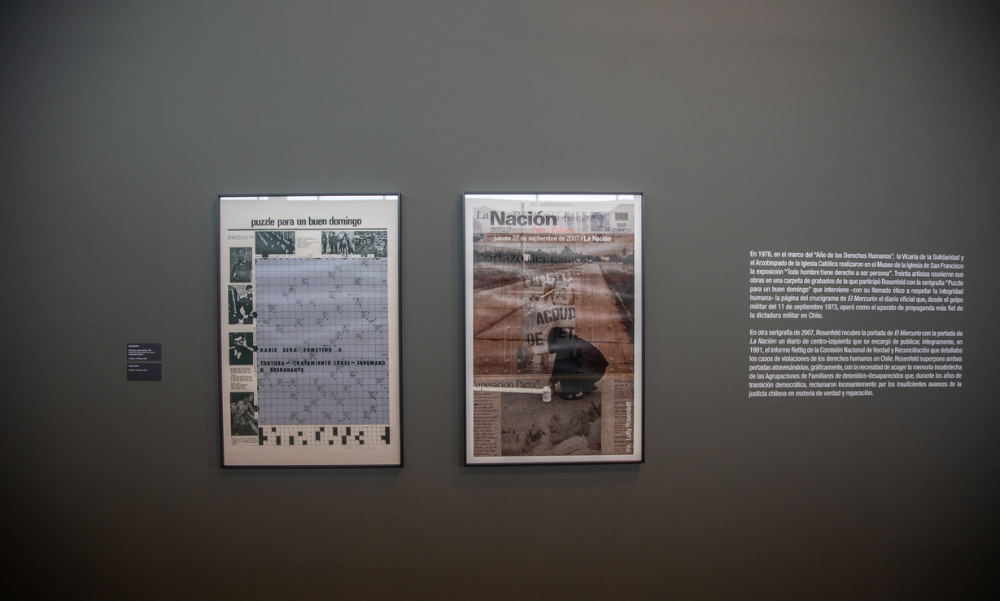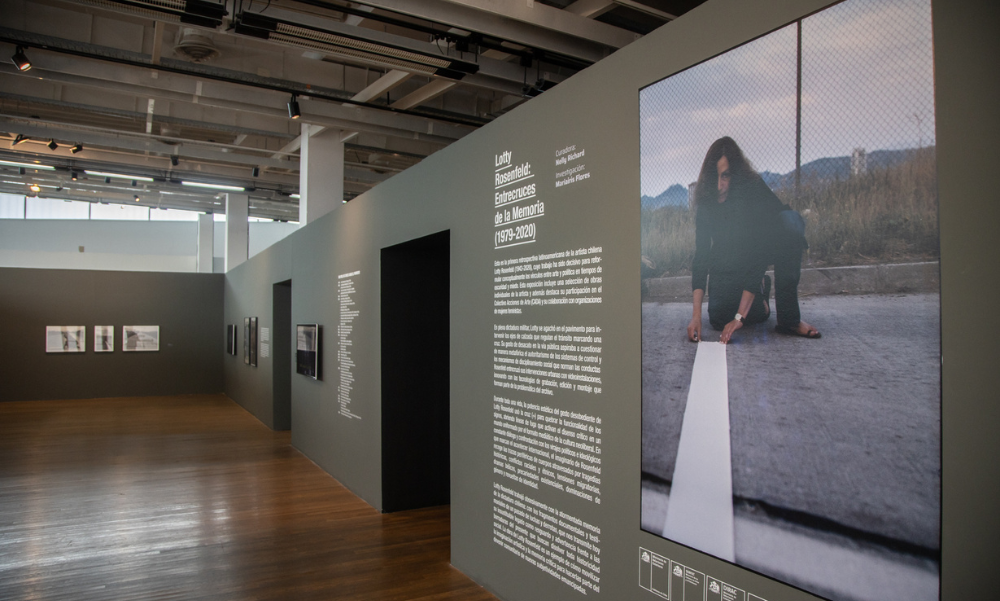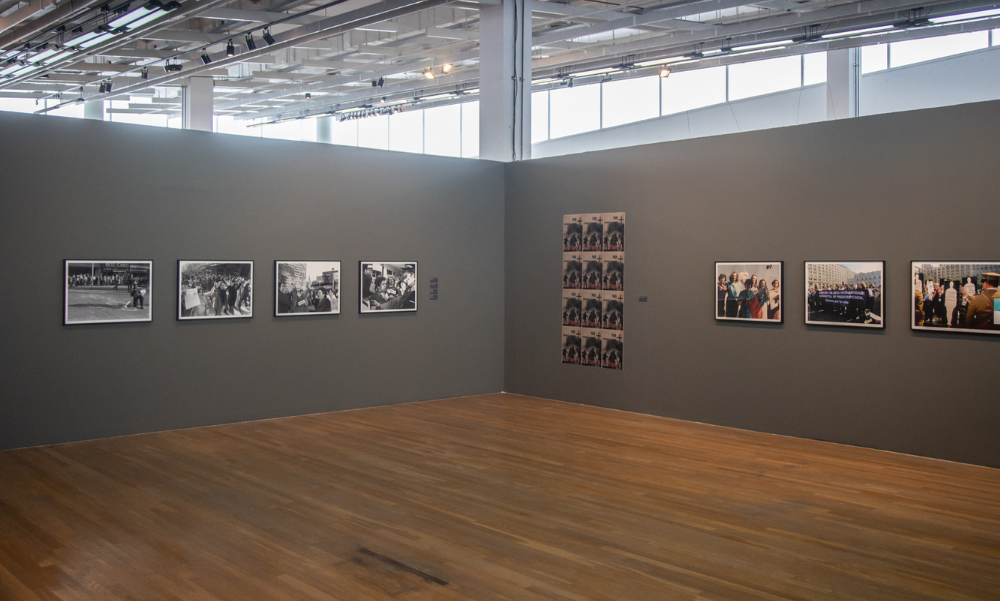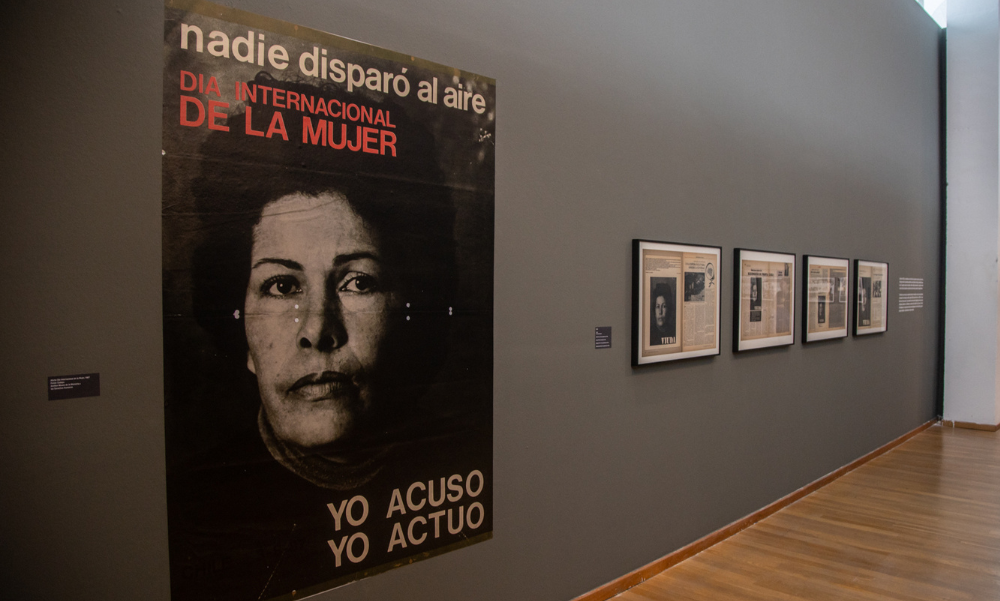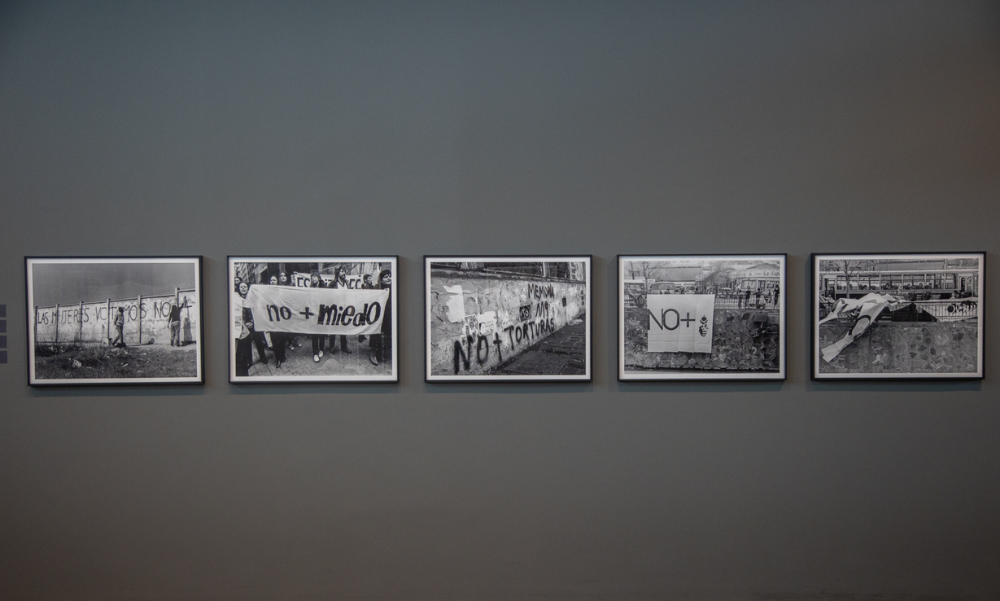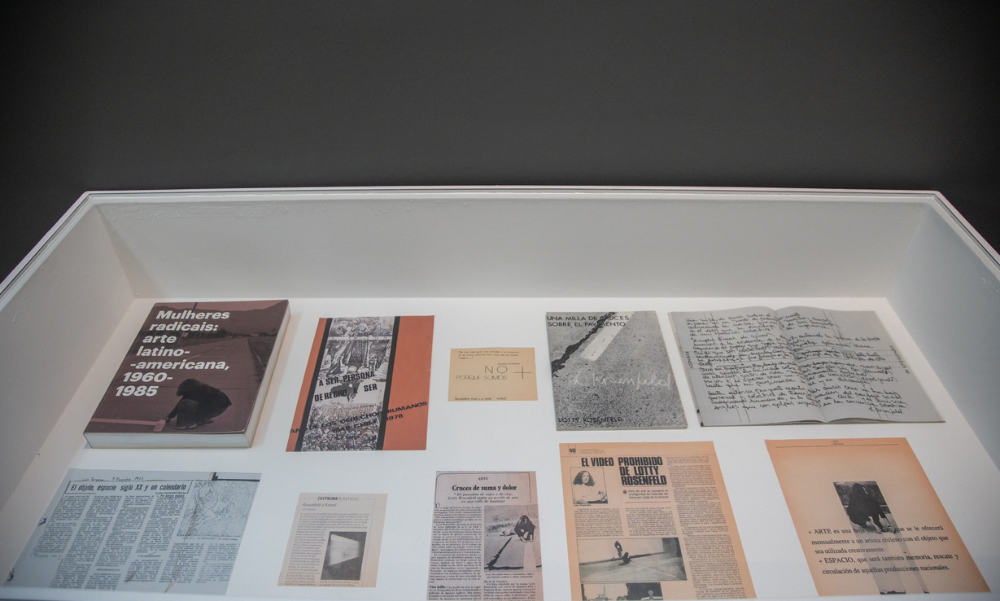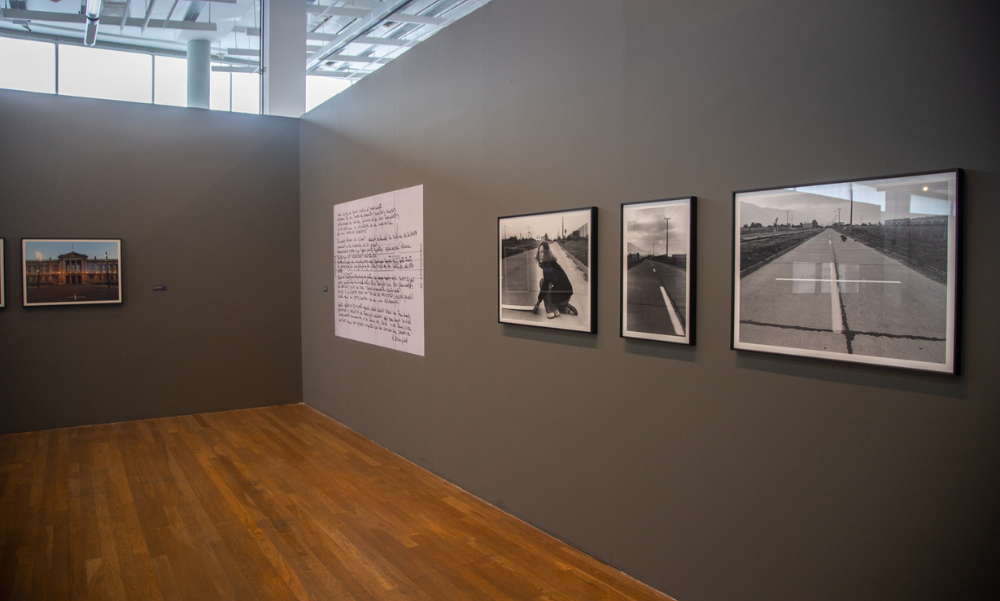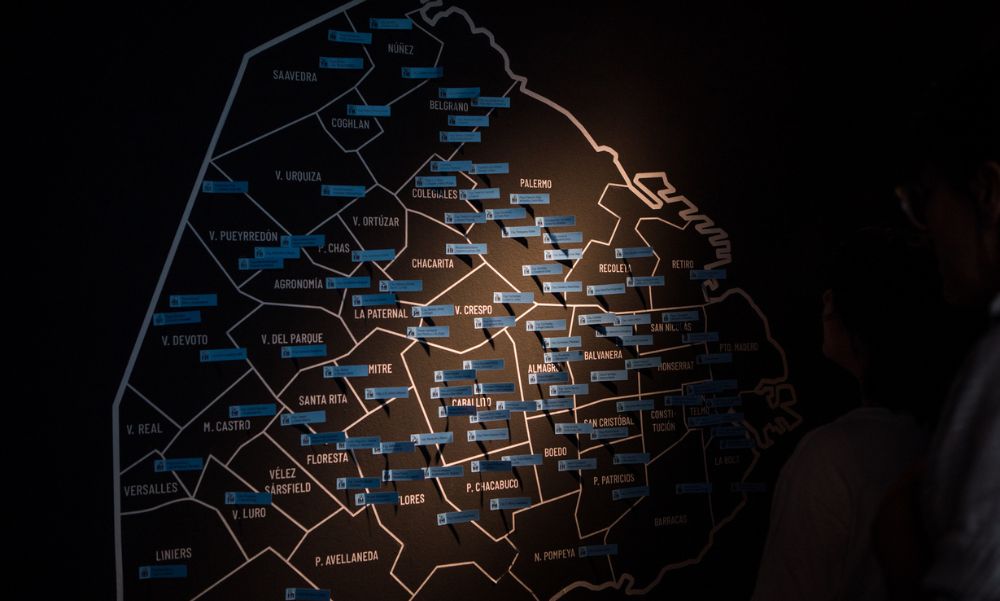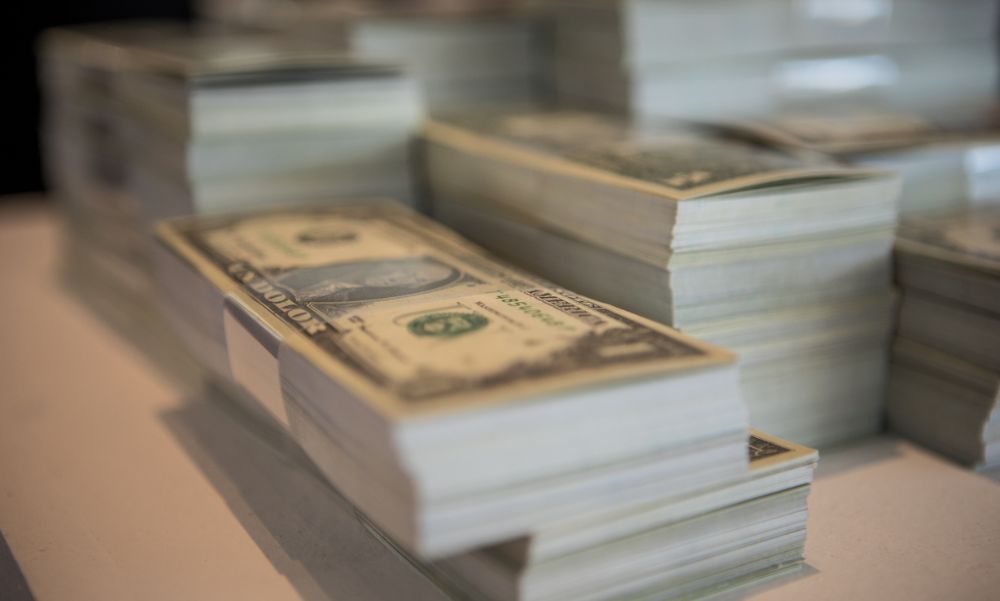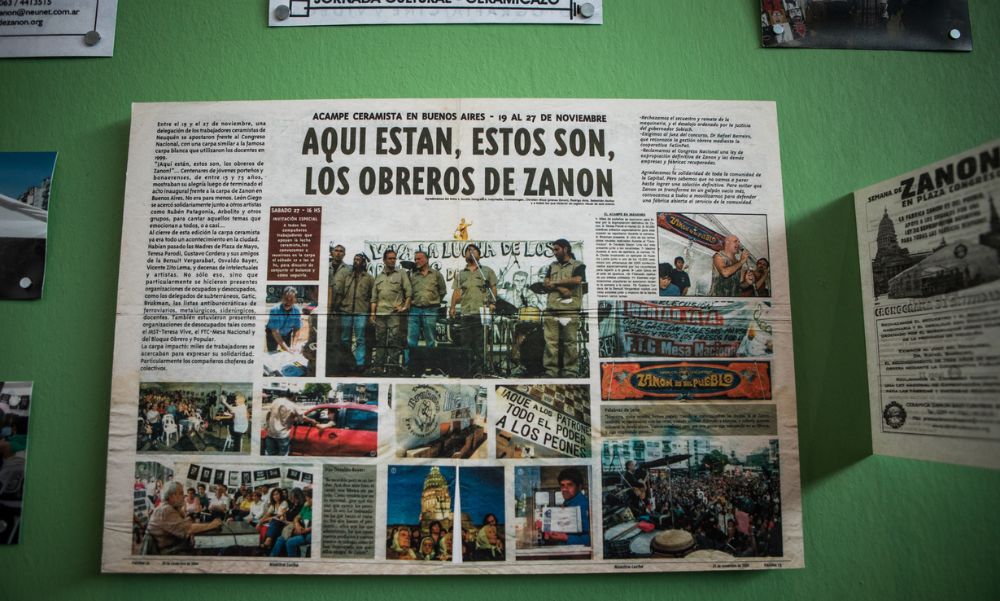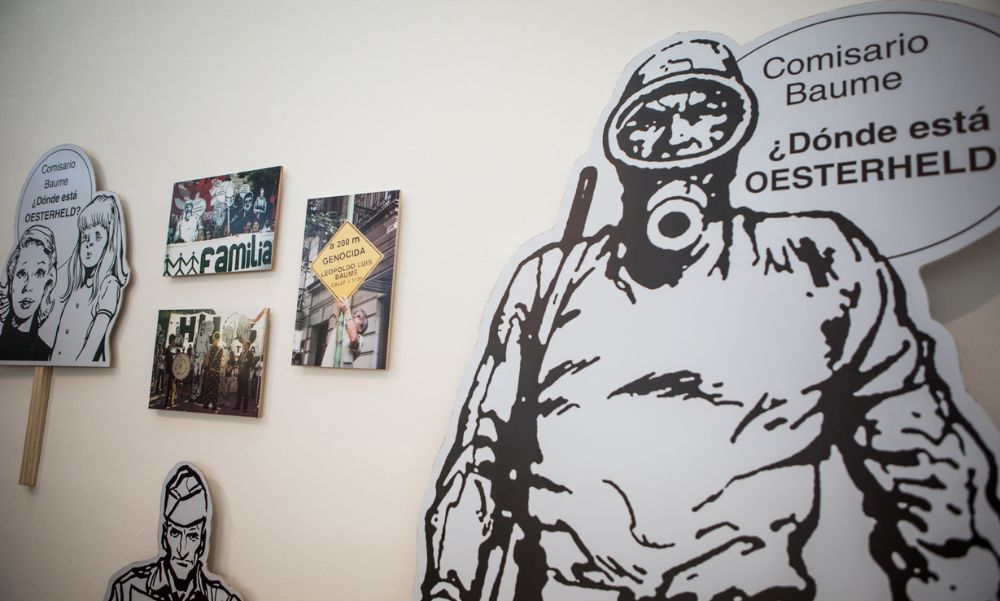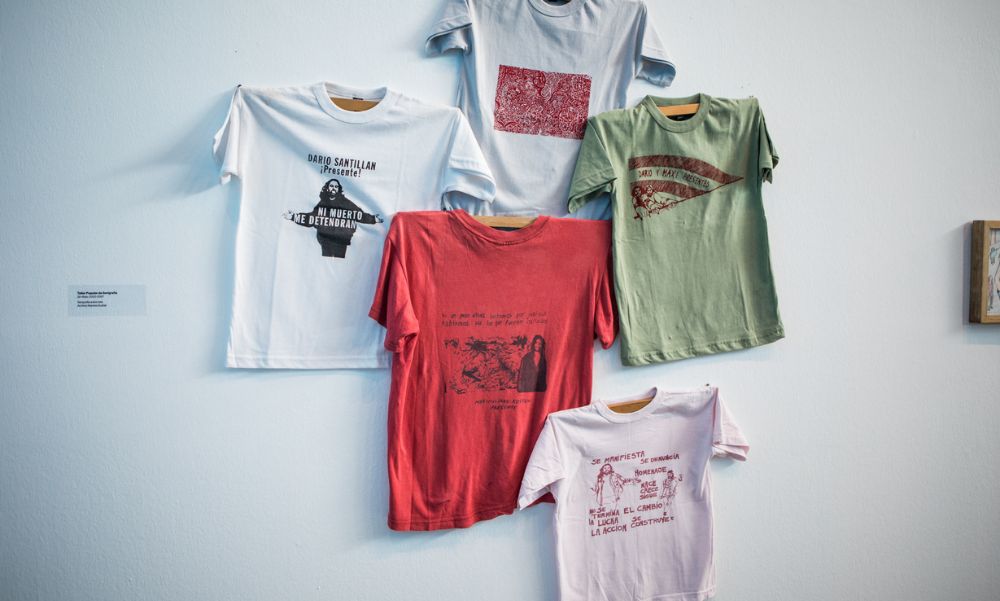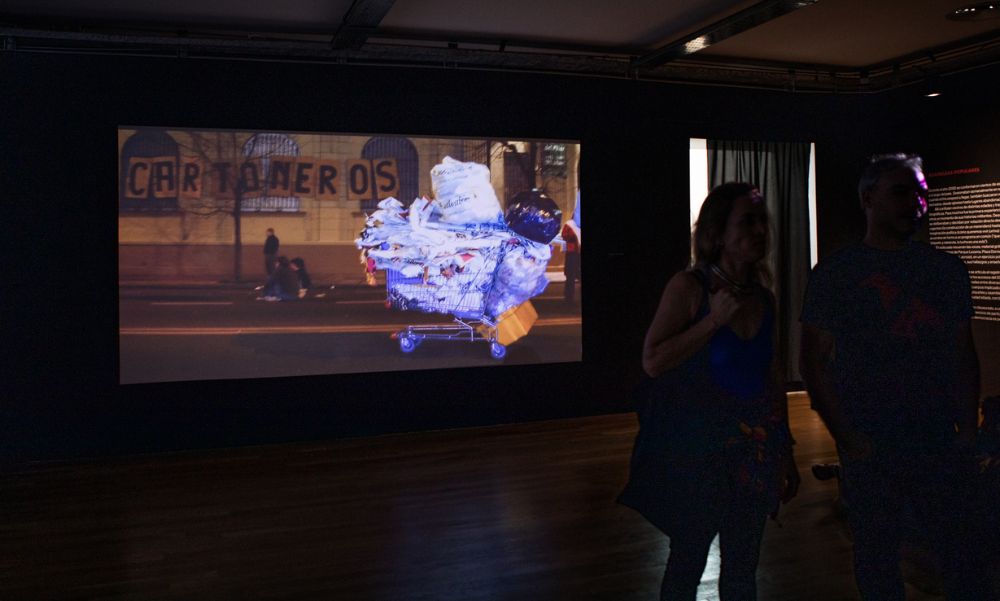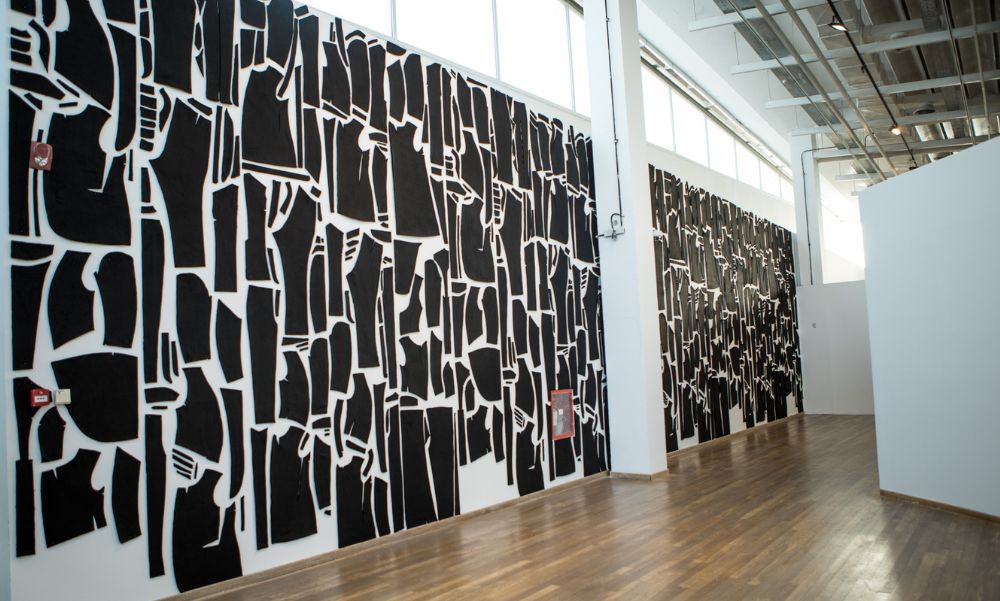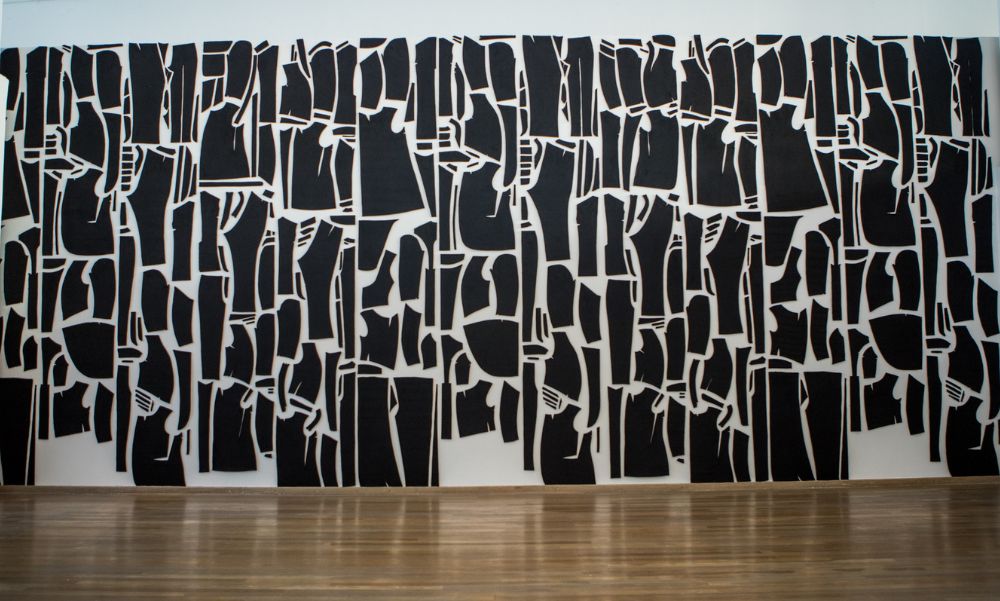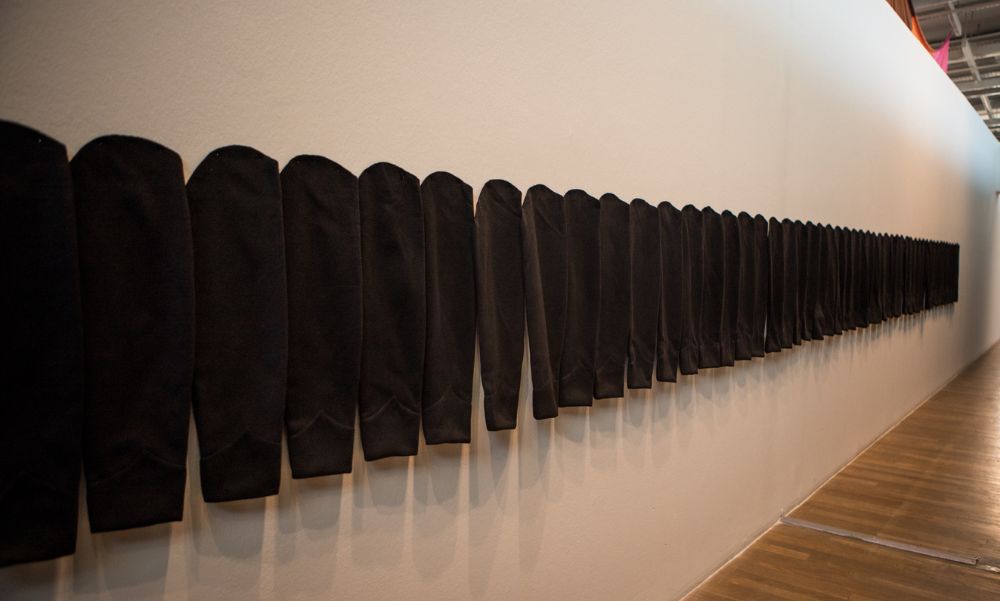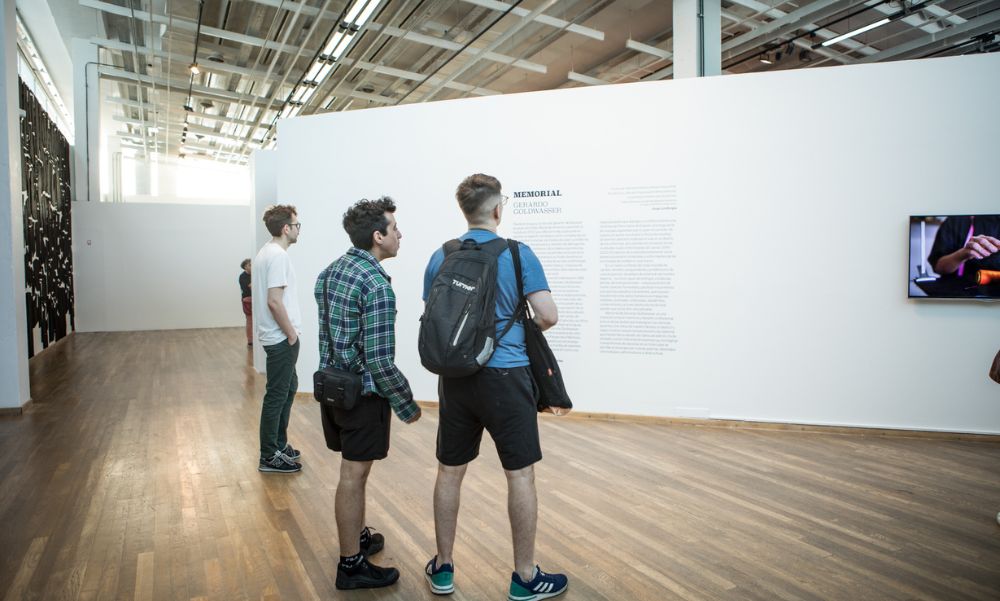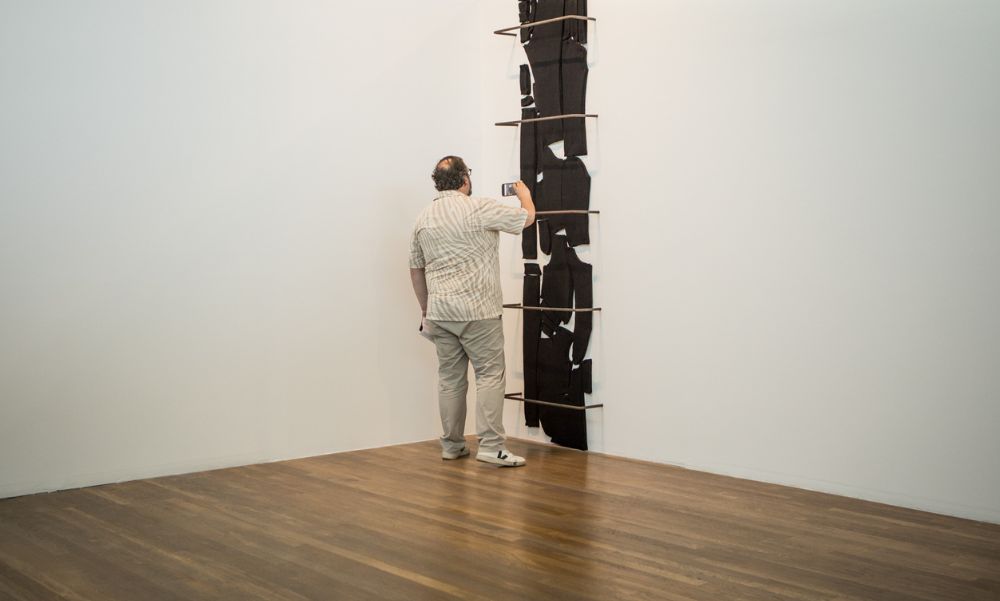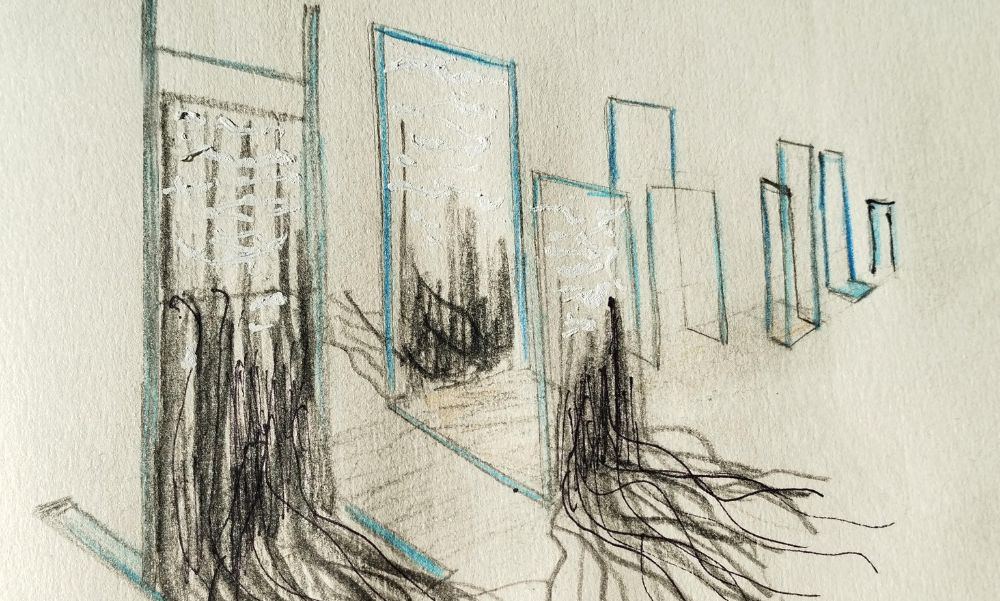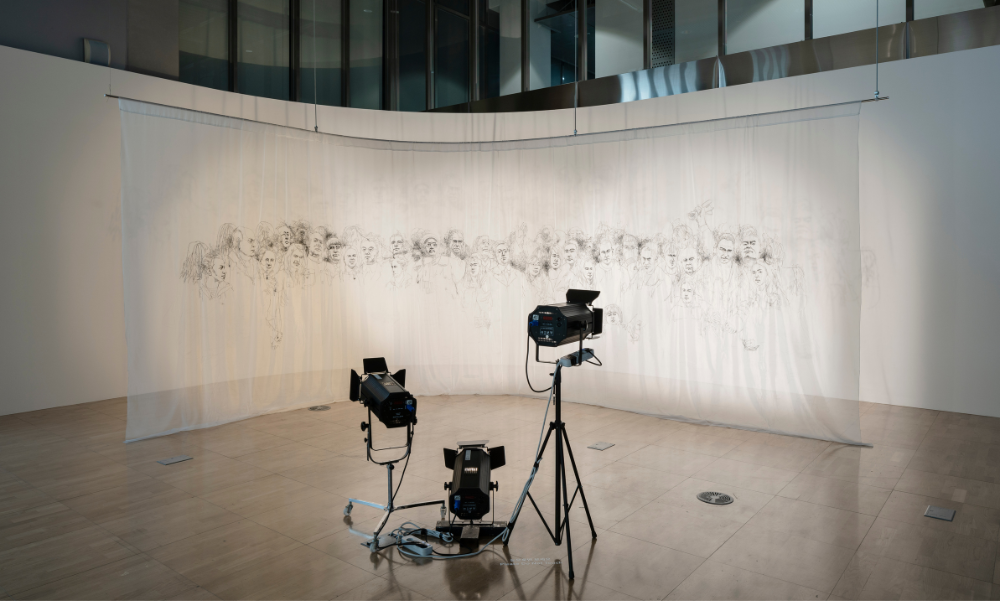WHAT A BODY CAN DO
Tamara Grinberg
TUE-SUN | 11 am - 5pm
27.04.24 - 14.07.24 |
Free entry
Fotografías: Nicolás Villalobos
This work has gone through a long and intricate road before getting to be exhibited. Tamara Grinberg came up against the same answer once and again: “It’s a difficult issue, no one will be interested in exhibiting it, no one will be interested in seeing it”. It is indeed a difficult issue. This photo essay, carried out between 2016 and 2019, shows the remains of the venue that witnessed the crimes committed by the priest Julio César Grassi, sentenced and imprisoned for sexual abuse and corruption of minors in the context of the charitable undertaking known as The Happy Children Foundation.
In fact, this work not only condenses just one but many rough issues because of which Tamara kept receiving negative answers: sexual abuse of children and adolescents by priests, the role of the Church in relation to the impunity of those acts and the thick framework of political and economic power which covered up this situation at the end of the 90s.
Even though this emblematic case was burnt into our collective memory because it was broadly presented in the mass media, it is also one more example of a systematic practice that, unfortunately, persists to this day.
After being faced with repeated negative responses, instead of giving up, Tamara gathered even more momentum, which, together with her perseverance, led her to find the right place for the project in the PAyS Hall.
From the very beginning, her main objective was for the story to gain visibility and, in that sense, finally getting to exhibit it gives it full significance. And, even though the denouncing dimension that runs through the essay is unavoidable, Tamara does not approach it in a documentary fashion but rather builds a sort of poetic fiction that lets us see the traces of the unspeakable.
“My intention was to record sensations; rather than reporting the condition the place is in, how it is falling down, I wanted to capture that feeling of choking, of enclosure, of silence and of great symbolic violence.”
There is something that feels like a horror movie in Tamara’s work. It’s not a coincidence that, when she is asked about her mentors, beside mentioning Helen Zout and Juan
Travnik, she refers with a strong emphasis to The Blair Witch Project, that independent horror movie that, almost at the close of the twentieth century, left a mark on a whole generation. The film tells the story of three film students who go deep into the forest to narrate the myth of the Blair Witch and end up being devoured by nature. But, in spite of that, their filmic testimony outlives them in the movie.
Just like them, Tamara becomes an explorer of the place, she walks around it, gets lost in it to find traces and hints of what it once was: a three-meter-tall virgin, a spotless and apparently never visited chapel, an abandoned school bus, warehouses, trucks and wagons that today lie below the menacing and devouring power of nature. As in a time loop, the images that Tamara brings to us are also testimony of what happened there.
And, just like that peculiar and disruptive film, it hints at what happened even though we cannot see it.
What a body can do it’s a project produced by the Parque de la Memoria, that depends on the Subsecretaría de Cultura Ciudadana y Derechos Humanos del GCBA.
TUE-SUN, 11 am a 5 pm
Free entry


